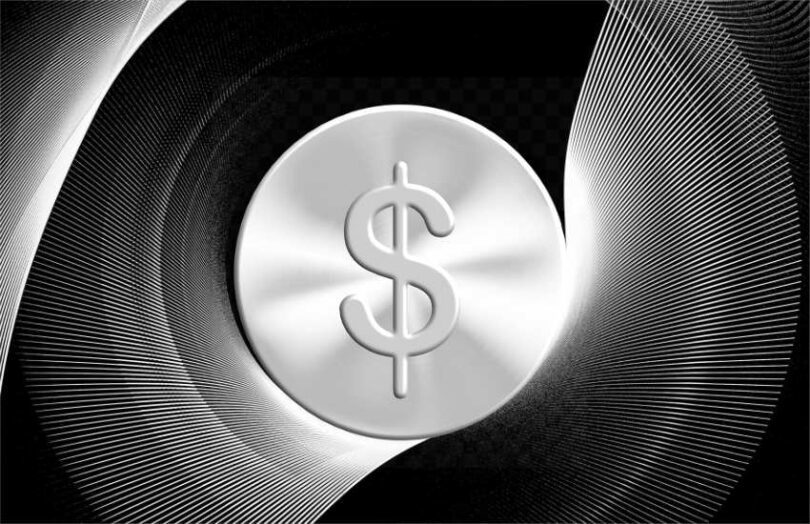Yesterday the Boston Federal Reserve announced that it had concluded Project Hamilton, a central bank digital currency (CBDC) research project with the Massachusetts Institute of Technology (MIT). It will share further results of the technical feasibility work in the coming months. The first report was released in February. According to the U.S. Treasury, it’s likely still some years before the United States decides on whether to issue a digital dollar.
“Project Hamilton took critical early steps toward a deeper understanding of how money might work better for all,” said Boston Fed EVP Jim Cunha.
Project Hamilton built on the experience of the MIT Media Lab Digital Currency Initiative (DCI) and hence rejected blockchain for a retail digital dollar because of speed challenges. However, it borrowed some concepts, such as Bitcoin’s unspent transaction output (UTXO) design which in some ways resembles physical cash. MIT also has a focus on privacy.
The open source code, openCBDC, was released for others to leverage. In terms of scalability, it supports 1.84 million transactions per second and transactions are final in under one second.
Additional functionality, such as programmability and audit capabilities, were added since February and will form part of the future report.
MIT has other ongoing central bank collaborations, including with the Bank of Canada and the Bank of England.
Meanwhile, the New York Federal Reserve is also active in digital dollar research, although its emphasis has been on wholesale CBDC. It has a strategic partnership with the BIS Innovation Hub for the New York Innovation Center (NYIC).
Last month NYIC released the results of the first phase of Project Cedar for faster FX settlement. The second iteration partners with the Monetary Authority of Singapore’s (MAS) Ubin+ to explore wholesale CBDC for cross border payment and interoperability between different technologies.
Additionally, the New York Fed is part of experiments for the Regulated Liability Network (RLN) alongside eight banks, Mastercard and SWIFT. The RLN aims to provide a single network that supports central bank money, commercial bank money and non-bank issuer liabilities.



























